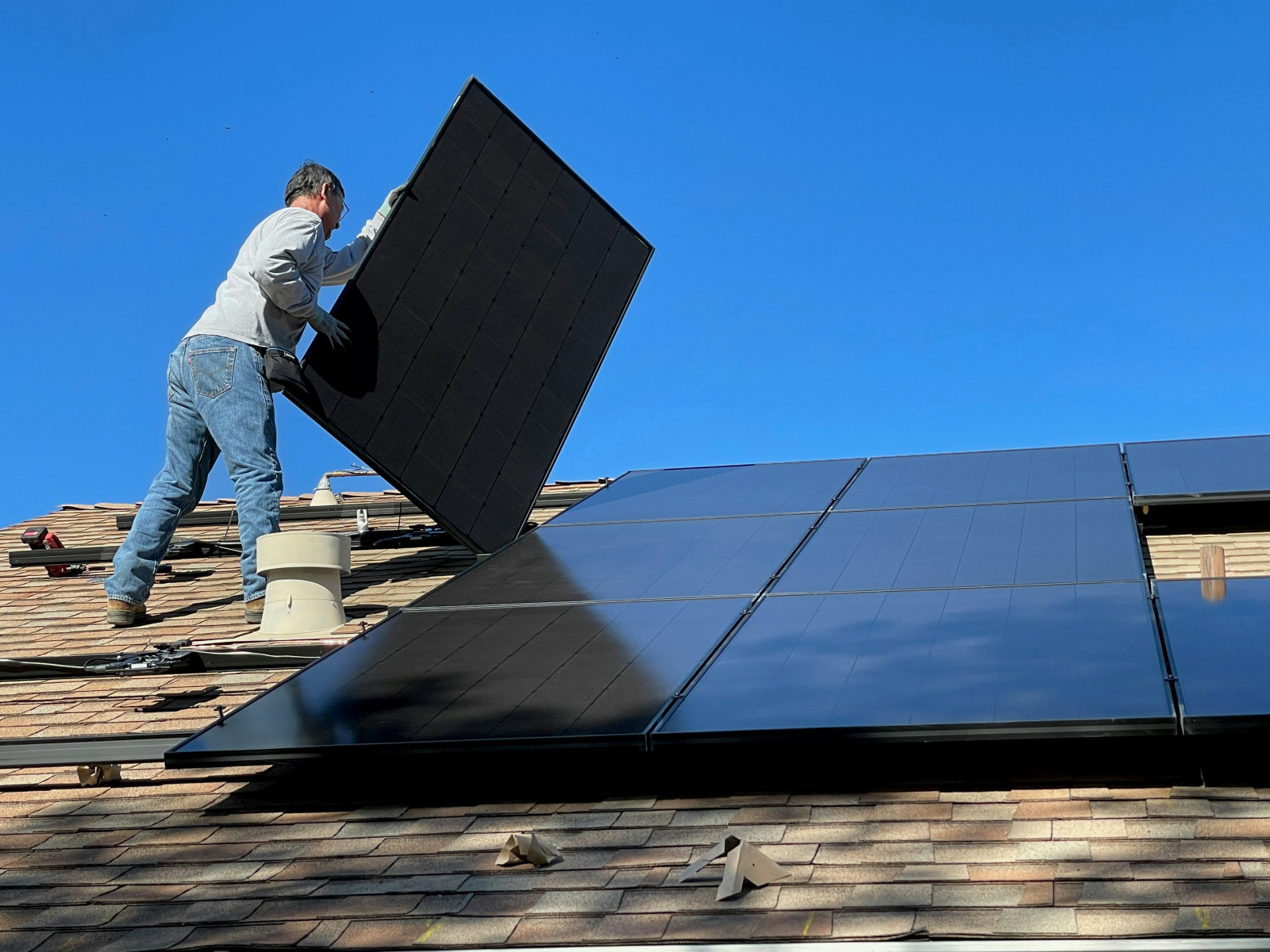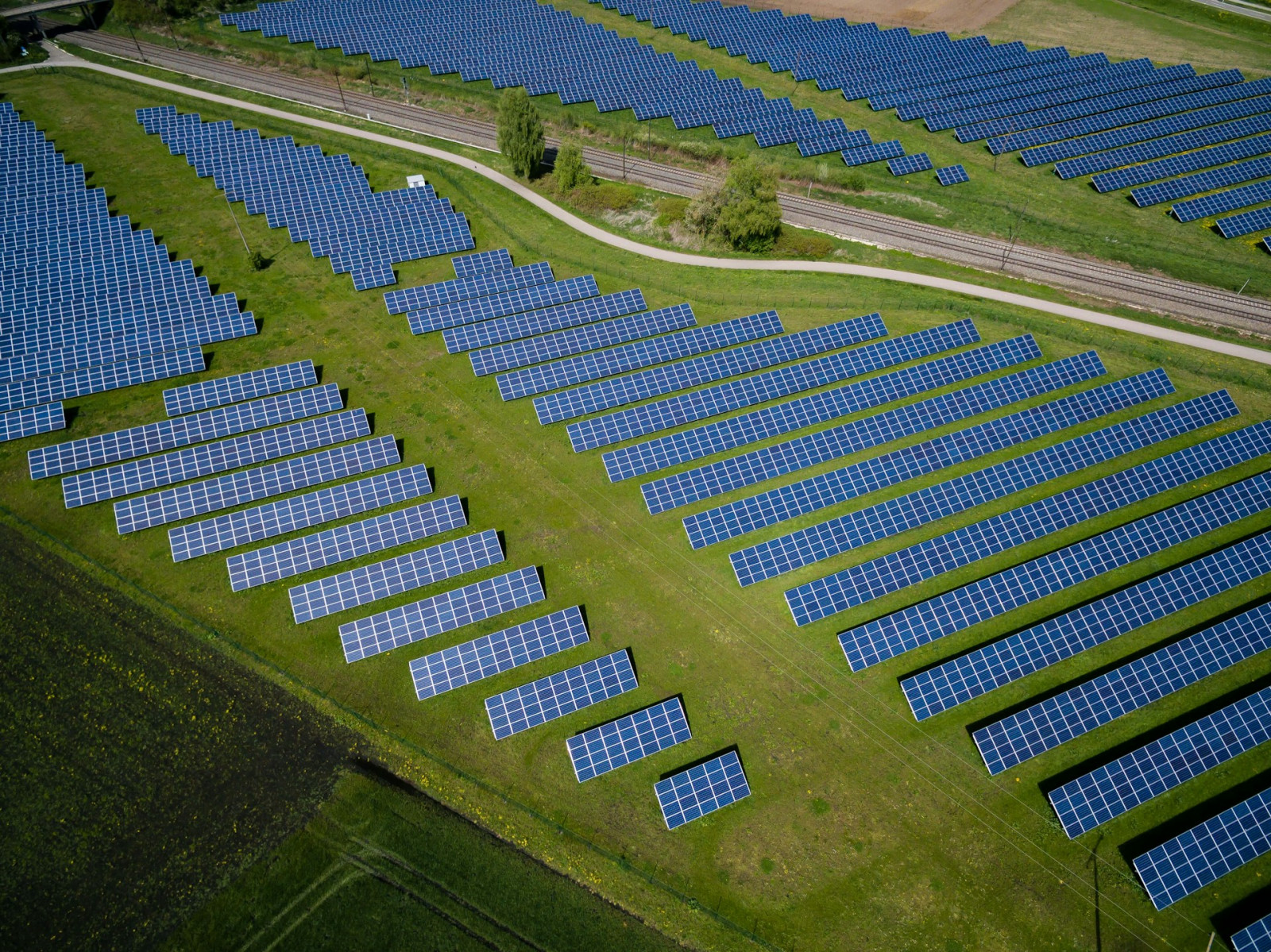Solar Industry Embraces Robot Automation for Installation

With renewable energy taking charge to reduce reliance on fossil fuels, the demand for solar energy is growing faster than ever. With its exponential growth, experts predict that in 2040, solar will become the world’s leading energy source.
This growth also brings challenges. Utility-scale solar farms require massive effort to build. These farms can span thousands of acres and use over 2 million solar panels. A single project often takes hundreds of workers and several months to complete. One recent survey revealed that 44% of solar companies have trouble recruiting qualified workers, due in part to remote work locations. The labor crunch has reached the point where some companies are turning down projects because they cannot staff them.
Enter robot automation. Robotics are an increasingly popular solution for the solar industry’s workforce gap. How do these bots help this growing industry?
A Smarter Way to Build Solar Farms
Introducing robotics in the solar industry is paving the way to bridge the gap. Here are some robots leading the industry.
1. Sunrise by Charge Robotics
A team of MIT graduates founded Charge Robotics. Banks Hunter and Max Justicz spent months studying the gap in solar energy. They developed Sunrise, a portable factory equipped with robotic arms that precisely assemble solar panels and brackets.
Sunrise can install 1 megawatt of solar power per day. That’s the equivalent of what 80 workers could achieve in the same period. This system doesn’t replace every step of the process, but simply accelerates it. Workers still drive steel piles into the ground, but robots handle the tedious, repetitive assembly tasks.
Building a utility-scale solar farm involves four key steps:
- Hammering steel piles into the ground to create the foundation.
- Distributing heavy solar panel boxes via forklift across the site. Each panel weighs thousands of pounds.
- Assembling frames and attaching them to the piles.
- Manually attaching solar panels to the frames.
The Sunrise system focuses on automating the third and fourth steps. This reduces human error, speeds up the process and eliminates the most physically demanding tasks.
2. Maximo by AES Corporation
Charge Robotics isn’t the only player transforming solar installation. AES Corporation developed Maximo, a pickup truck-sized robot with large arms. It uses suction cups to pick up and install solar panels using artificial intelligence and computer vision. Maximo can install solar panels twice as fast as a traditional human crew, reducing the cost by at least half. Maximo has installed around 10 MW of solar and is expected to reach 100 MW by 2025.
The robot also enhances safety by reducing the physical strain on workers and minimizing errors. Its autonomous technology ensures precision even on uneven terrain, showcasing how robots like Maximo make large-scale solar installations faster and safer.
3. Other Industry Trailblazers
Robotic innovation in solar goes beyond Sunrise and Maximo.
San Francisco-based startup Built Robotics deploys pile-driving robots to lay the foundations for solar farms, streamlining the process and reducing reliance on manual labor.
Terabase Energy’s Terafab is a fully automated system that combines robots, AI and advanced software to construct solar farms. It cuts installation time significantly by 25% as it assembles panels with millimeter precision.
These advancements highlight the industry’s commitment to efficiency and innovation, ensuring that solar energy becomes a more accessible and scalable resource.
Supporting the Workforce
While automation often raises fears of job loss, innovations like robotics integration aren’t about replacement but improvement. They’re about enabling businesses to do more with the resources they have. By streamlining otherwise labor-intensive processes, robotics help more projects to get built and at a faster pace.
“Fewer people can build more solar,” says Hunter, co-founder of Charge Robotics. In a market struggling with labor shortages, this technology helps projects move forward and often makes the difference between a solar farm getting built or not.
AES CEO Andrés Gluski also highlights that the focus is on boosting efficiency, not cutting jobs. By assigning robots to handle labor-intensive tasks, the company enhances workplace safety while creating opportunities for more workers to take on roles in operating and maintaining these advanced systems.

Benefits of Robotic Solar Innovations Beyond Installation
Integrating robotics into solar energy isn’t just about construction — it benefits entire communities. Autonomous systems address key challenges while supporting renewable energy growth in multiple ways.
By accelerating solar farm installations, robotics contribute to reducing reliance on fossil fuels. This leads to lower greenhouse gas emissions and improved air quality. Automated systems also optimize solar farm operations, enhancing energy reliability. This ensures a stable power supply, even during peak demands.
Robots also enhance solar farm efficiency through advanced monitoring and maintenance. Autonomous drones, for example, inspect panels for damage, ensuring maximum efficiency. Ground robots equipped with AI detect and address potential issues early before they cause irreparable damage.
These innovations support renewable growth, helping countries meet ambitious climate goals. Solar energy projects are now more achievable than ever as robotics becomes crucial to transitioning to cleaner energy systems.
The Role of Technology in Sustainability
The solar industry’s embrace of robotics aligns with broader trends in renewable energy. Autonomous systems are more than just tools. They’re catalysts for growth, enabling rapid deployment while reducing environmental impact.
Future advancements will likely focus on integrating AI and machine learning to optimize energy output and enhance operational efficiency. Robotics can also improve grid interconnectivity to incorporate solar power into existing infrastructure.
Sun and Robots: An Exciting Shift for People and Planet
The impact of solar power robotics extends beyond technology. These systems ensure that clean energy projects are built faster, safer and with greater precision. They also bring tangible benefits to communities, from cleaner air and improved energy reliability to greater resilience in the face of climate challenges.
Thanks for helping to keep our community civil!
This post is an advertisement, or vandalism. It is not useful or relevant to the current topic.
You flagged this as spam. Undo flag.Flag Post



